What macro photography is
To explain what macro photography really is we have to get familiar with two terms that in fact mean the same. The first is magnification. This parameter shows how much the image of the subject reflected on the sensor of the camera or on the negative is bigger than its life size. If the subject in reality is 0.5 cm long, and its image reflected on the sensor is 1cm long, it means that magnification equals 2. If this image was 0.25 cm long, the magnification would be 0.5.
The second term is reproduction ratio. It is defined by means of a fraction. For example 1:2 reproduction ratio means that the size of the subject on the image sensor is two times smaller than its life size.
Of course this refers to the maximum magnification for a given lens-sensor set, the photograph is taken from the closest possible distance allowing the image to be still sharp.
That’s why when describing a lens the term maximum magnification is used which best reflects the gist of he matter.
| Magnification | Reproducion ratio |
| 2 | 2:1 |
| 3 | 3:1 |
| 0,2 | 1:5 |
| 1 | 1:1 |
It is commonly accepted that the real macro lens starts when maximum magnification equals 1 or more. However, many producers characterise the lenses capable of reproduction ratios of 1:1 or even 1:3 as macro lenses. They are often universal zooms, which offer the possibility of shooting the small objects like flowers, insects etc. at the same time, however, the quality they produce is much worse than that of the professional macro lenses. Most producers offer the macro lenses with the maximum magnification of 1. If you want to produce greater close-ups, you have to use different accessories that will be discussed later in the book. The only exception is Canon which offers MP-E65mm lens capable of magnifying the image from 1 to 5 times. How does it work in practice?
Let’s take Canon 50d for example, it is fitted with APS-C image sensor sized 22.3x14.9 mm and attach Canon 100 mm L IS USM macro lens of maximum 1:1 reproduction ratio whose minimum focusing distance from a sensor is 30 cm (between ten and twenty cm from the front of a lens). If we put the object, which is the same size as the image sensor, at such distance it will cover the whole visual field in the photograph. If this object was a butterfly with a wingspan of 7 cm, we would see a fragment of it (22.3x14.9mm actual size) in the photo.
The situation is different with compact cameras. At least the ones that are more advanced are equipped with macro and even super macro functions. However, they have not always got something in common with real macro photography.
Compare the same object shot with Olympus XZ1 compact camera which in my opinion is a very good camera equipped with an excellent very bright lens.
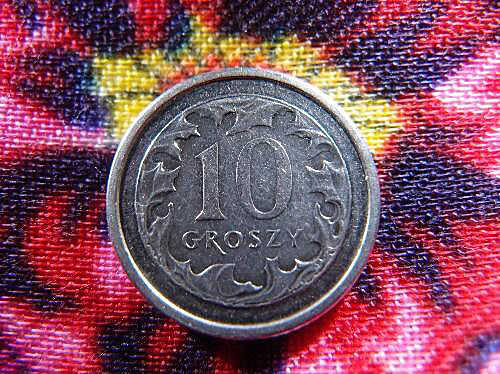
Even though the magnification is high and the detail is very good, there is a considerable distortion – the coin looks convex.
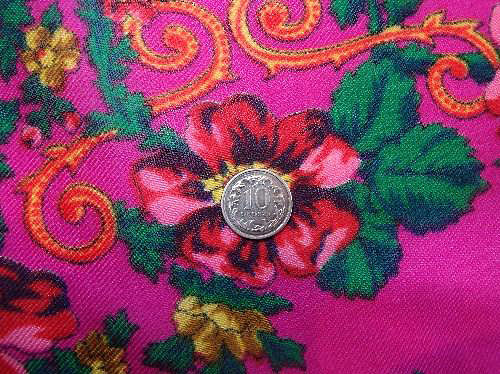
Macro mode. Very little magnification
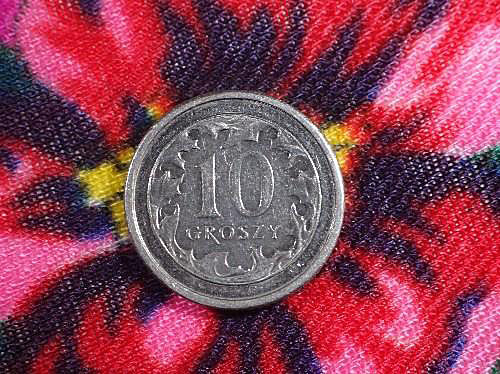
XZ1 at telephoto position + Raynox M-250 (DCR250) macro converter
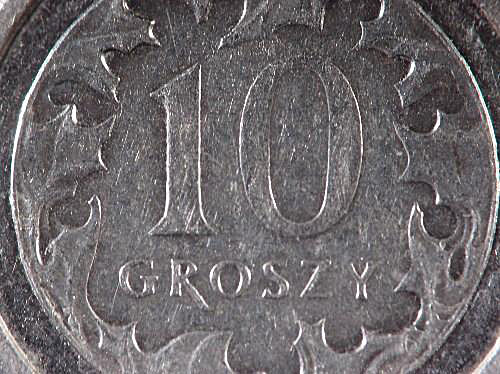
XZ1 + Raynox 4x (MSN202) macro converter
As you can see much better results are achieved using macro converters but they will be discussed later.
For comparison a photo taken with digital SLR camera with a macro lens.
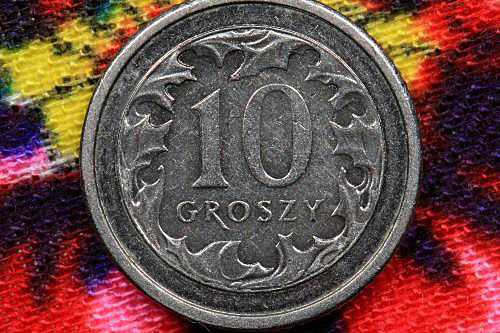
Canon 50d with Canon100mm L IS 1:1 macro, Macro Twin Lite MT-24 EX flash
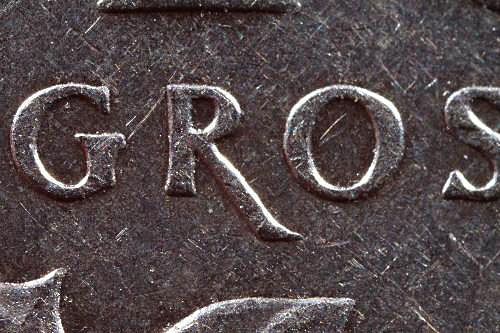
Canon 50d with Canon MP-E 65 mm 5:1 macro , Macro Twin Lite MT-24 EX flash
We can see here different magnifications of the same object but it is not only the magnification that counts in macro photography. It is still the photography that is art. It should therefore move, make impression on the viewers, surprise them or provide with an aesthetic experience. When taking macro shots I have never tried to achieve the technical perfection. I have never digitally post processed my photographs. I have rather looked for the hidden beauty and for what is undiscovered.
PS. I came up with a problem to solve for you my dear reader.
An image sensor of a camera is 22.3 mm long, the magnification of Canon MP-E 65 mm lens is set to maximum that is 5. Looking at the photo below work out the length of the biggest aphid.
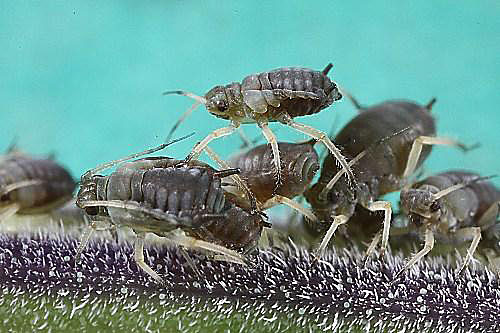
Canon 50d I Canon MP-E 65 mm macro 5:1, Macro Twin Lite MT-24 EX flash
Aphids (Aphidoidea) here photographed on a twig of Salvia farinacea. It is not too difficult to capture them as they are not busy insects.


